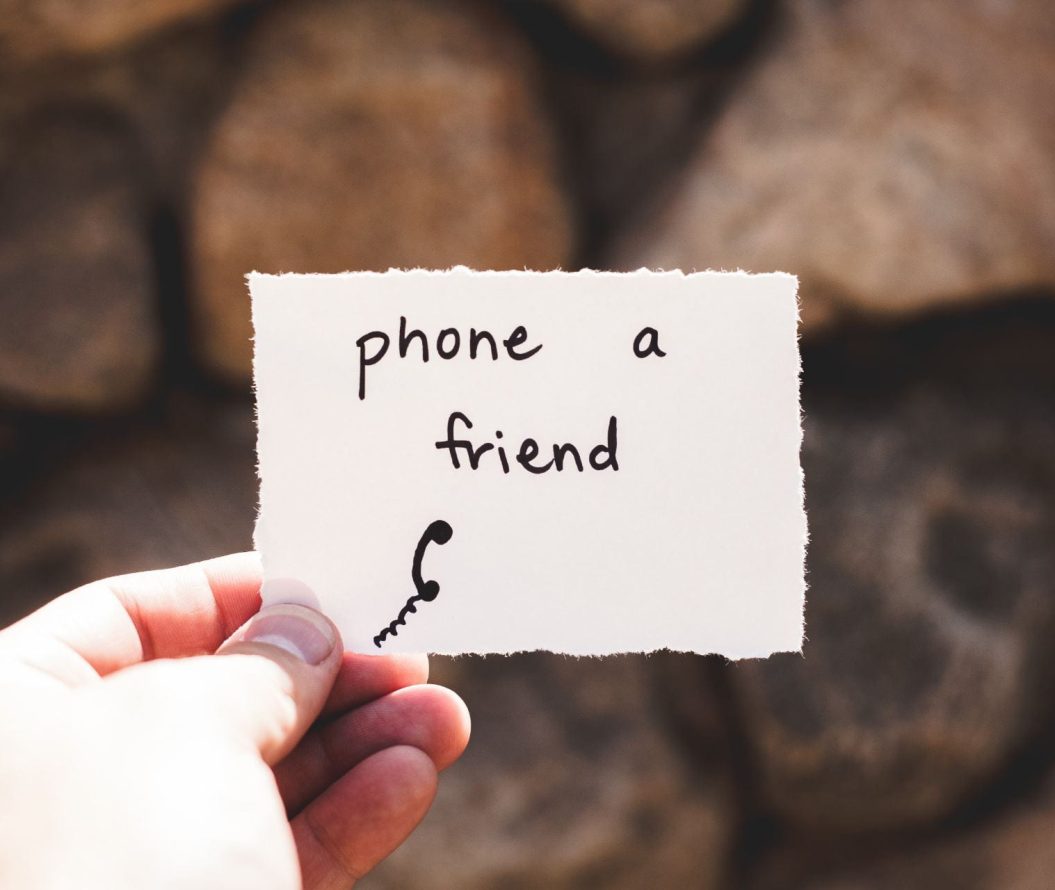
New Usher Gallery exhibition raises awareness for LGBT rights through thought-provoking artwork
This is a past event which is no longer running.
Last week, the Usher Gallery revealed its new exhibition to the public – The Electric Fence by Annabel McCourt.
The dark, looming fence was inspired by homophobic hate speech from an American preacher, who said that all “gays, lesbians and queers” should be put behind a fence. It took four days to erect, and is both scary and breath-taking at first sight.
The original composition of the fence was in a square, but for the first time the fence has been built as a straight line that spans the length of the room – a requirement specifically asked for by the Usher Gallery. The effect of this is particularly haunting, as it cuts dramatically through the room and stops viewers from being able to move from one side to the other. Lamps attached to the top of the fence dimly light the room, creating a particularly dark atmosphere.
The artwork, whilst intimidating, is immersive and interactive. The middle three wires on the fence use audio technology which is triggered by touching them. Since its creation, it has been spotted by the British Council, and has travelled to a variety of locations, including Senegal where a performance artist performed in the middle of the fence. Her voice was captured and is used in the audio for one of the wires. Another wire triggers a speech on gay rights by Amnesty International, and the final wire plays chilling noises recorded during the production of the fence – as though the life cycle of the fence is within the structure.
Whilst the Electric Fence is being showcased in Lincoln, the artist intends to look for people to contribute to the audio captured in the fence, if they have any particularly strong thoughts evoked by the artwork.
The artist is also showcasing a neon sign reading “Happy Hour in the Harmful Factory” – another piece inspired by social injustices, such as homophobia and sexism. The bright white neon allows the artwork to have an obvious presence in the room. Her deconstructed LGBT flags will fly on top of the Usher Gallery, alongside black flag that represent the LGBT history of Lincolnshire, and coincide with LGBTQI+ History month.
Jenny Gleadell, the exhibition officer, said: “We are really excited about this opportunity to fully engage in the vibrant and important discourse around LGBTQI+ identities and communities through our arts programming.”
The same day the exhibition opened, Phillip Schofield bravely came out to the world after 27 years of marriage. Stood before the electric fence, the courage and fear that Phillip will be going through, as well as many other LGBTQI+ individuals, was unexpectedly obvious.
The exhibition starkly represents the discrimination of the community and reminds us how much further we have to go, whilst simultaneously showing resilience and bravery in the face of prejudice.
Visit the exhibition between now and the 10th of May for free at the Usher Gallery.




